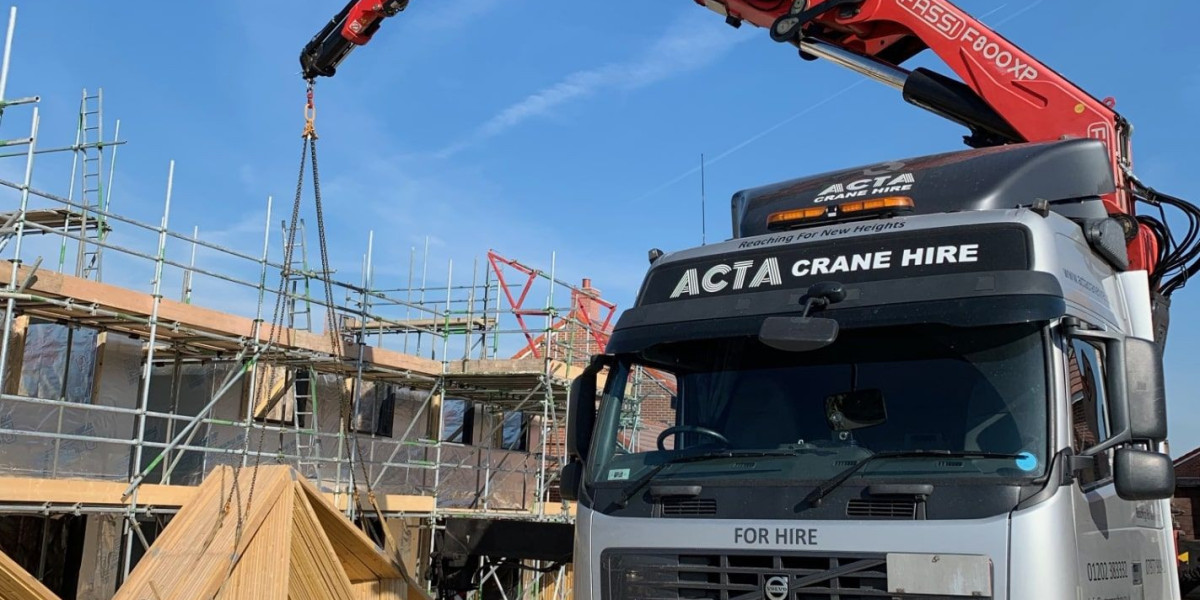In modern manufacturing, Computer Numerical Control (CNC) machines play a pivotal role in achieving high-precision and repeatable results. At the heart of this innovation are the tools they use—specifically, CNC bits. While basic machining may rely on standard end mills or drill bits, complex projects require more advanced CNC bit types designed for precision, speed, and material-specific performance. These specialized bits allow for enhanced control, detailed craftsmanship, and efficient operations even on the most challenging materials.
Understanding the various advanced CNC bit types is crucial for manufacturers, engineers, and DIY enthusiasts who aim to tackle intricate machining tasks. Whether working with composites, hardwoods, metals, or plastics, using the right bit can significantly affect the finish quality, production time, and tool longevity. This article explores five of the most advanced CNC bit types available today, each tailored for specific machining challenges.
Ball Nose End Mills: Precision for 3D Contouring
Ball nose end mills are among the most essential CNC bit types used in 3D contouring and sculpting tasks. These bits have a hemispherical tip, which allows them to machine complex surfaces, such as curves and arcs, with high precision. Ball nose end mills are ideal for detailed engraving, mold-making, and prototype development, as they produce a smooth finish without the sharp edges typical of flat-end mills. Their geometry minimizes tool marks, making them especially useful in industries like aerospace, automotive, and mold fabrication.
When machining intricate designs or parts requiring dimensional accuracy and a polished appearance, ball nose bits shine. They’re commonly used with 5-axis CNC machines, allowing the tool to maintain consistent contact with the workpiece while following complex geometries. This reduces the need for post-processing and improves overall workflow efficiency. Selecting the right size and coating for the ball nose end mill—such as carbide-tipped or titanium-coated versions—further enhances their ability to handle tough materials with minimal wear.
V-Bits: Ideal for Intricate Engraving and Inlay Work
V-bits, also known as engraving bits, are specialized CNC bit types designed for detailed carving, engraving, and sign-making. These bits have a conical shape with sharp, angular tips that can vary in degree, typically ranging from 30 to 90 degrees. The angle of the V-bit determines the width and depth of the cut, making them ideal for tasks that require clean lines and sharp detail. V-bits are commonly used for lettering, decorative patterns, and inlays on wood, plastic, and even soft metals.
One of the biggest advantages of V-bits is their ability to create crisp corners and well-defined shapes, which flat or round-end mills might struggle with. In advanced applications, they’re essential for projects involving variable-depth carving and 3D V-carving techniques. Their versatility makes them a popular choice in artistic and signage industries, where aesthetics are paramount. The use of precision-ground V-bits in high-speed CNC routers ensures consistent performance and reduced chipping, even in challenging materials.
Compression Bits: Splinter-Free Cuts in Laminated Materials
Compression bits are advanced CNC bit types specifically engineered for cutting laminated or double-sided materials like plywood, MDF, and melamine. These bits feature a unique design that combines both up-cut and down-cut flutes. The lower section of the bit pulls the material upward, while the upper section pushes it downward. This dual-action results in clean edges on both the top and bottom surfaces of the workpiece, significantly reducing the risk of tear-out or splintering.
These bits are especially beneficial in cabinetry, furniture making, and any CNC project that demands a flawless edge finish. Compression bits not only improve the visual appeal of the final product but also reduce the need for sanding or additional processing. They are available in various sizes and cutting lengths to suit different thicknesses and materials. When paired with proper feeds and speeds, compression bits extend tool life and maintain high-quality performance throughout long production runs.
Tapered End Mills: Control and Stability for Deep Cuts
Tapered end mills are designed for applications that require deep cavity cutting or precise tapering in molds and complex forms. These CNC bit types have a conical shape where the tool’s diameter decreases along the length of the flute. This design provides added rigidity, minimizing deflection during deep or long-reach cuts. The result is a more accurate and stable tool path, which is crucial when working on dies, 3D surfaces, or precision tool molds.
In addition to enhanced stability, tapered end mills are often used in projects involving angled side walls or narrow spaces where standard end mills would be too bulky. These bits can also improve surface finish due to their minimized chatter and vibration. Whether machining graphite, tool steel, or high-performance polymers, choosing the appropriate taper angle and coating (e.g., DLC or AlTiN) ensures optimal performance and long tool life. Tapered end mills exemplify how geometry directly impacts functionality in CNC tooling.
Diamond-Coated Bits: Durability for Abrasive Materials
Diamond-coated bits represent some of the most durable and advanced CNC bit types available for high-performance machining. These bits are coated with synthetic diamonds, which provide unmatched hardness and wear resistance. They are ideal for cutting highly abrasive materials like fiberglass, carbon fiber, ceramics, composites, and even some metals. Diamond-coated bits maintain sharpness longer than traditional carbide tools, making them a go-to choice for industries with demanding production requirements.
These bits excel in applications where traditional coatings wear down quickly, such as high-speed CNC routing of composite panels in aerospace or marine industries. Their extended lifespan and consistent cutting edge reduce downtime and increase productivity. Although diamond-coated bits are more expensive initially, their cost-effectiveness becomes apparent over time due to fewer replacements and improved output quality. For any machinist facing extremely tough materials, investing in diamond-coated CNC bits is a wise decision.
Conclusion
The evolution of CNC technology has created a demand for equally advanced and specialized tooling. From the smooth contouring of ball nose end mills to the abrasion-defying strength of diamond-coated bits, modern CNC bit types are engineered to tackle increasingly complex machining tasks. Each bit serves a unique purpose, allowing manufacturers and craftsmen to optimize their workflows and achieve superior results.
Selecting the right CNC bit type isn’t just about cutting material—it’s about enhancing accuracy, improving efficiency, and pushing the boundaries of what’s possible in modern manufacturing. As CNC capabilities continue to evolve, so too will the variety and specialization of bits available. Understanding and investing in the appropriate advanced CNC bit types is essential for staying competitive in today’s fast-paced, quality-driven production environments.





